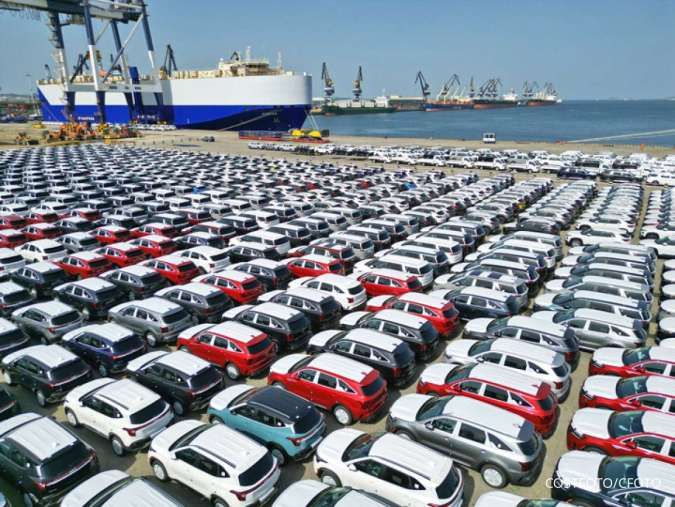TRADE BALANCE - BEIJING. China's exports grew 2.3% in December from a year earlier, customs data showed on Friday, adding to signs global trade is slowly turning a corner with the prospect of lower borrowing costs on the horizon, but deflationary pressures still loom.
The trade report and separate data showing persistence of deflationary pressures in China paint a mixed picture for the world's second-biggest economy, and keep alive expectations for more policy support over the near term.
A Reuters poll of economists had forecast a 1.7% increase in exports, after outbound shipments grew 0.5% in November. Imports rose 0.2% year-on-year, missing the 0.3% increase forecast in the poll.
The improved Chinese export data joins those from South Korea, Germany and Taiwan in suggesting global trade is starting to recover, after higher interest rates in the United States and Europe crimped demand over 2023. The United Nations has warned of a likely contraction in goods trade by $2 trillion or 8% last year.
And yet, consumer prices in the world's second largest economy extended their decline for a third month in December while factory-gate prices also fell, data from the National Bureau of Statistics showed, highlighting the persistence of deflationary forces in the economy.
Read Also: US FAA Launches Probe of Boeing 737 MAX 9 After Mid-Air Panel Incident
On the external front, there are early signs global goods trade is starting to pick up again.
South Korea's exports, a closely watched indicator of global trade, rose for a third month in December, while the latest German export data for November surprised on the upside, increasing 3.7% month-on-month.
Analysts also anticipate that interest rates will drop at least 1.5 percentage points in the United States and Europe this year, which should improve demand for imported goods.
Troubles persist in China's domestic economy and expectations policymakers will have to inject fresh stimulus remain, however.
The country's ailing property sector worsened in November and retail sales missed analysts' expectations despite benefiting from a low statistical base in 2022 when COVID curbs disrupted consumers and businesses.
/2019/05/16/2111321848p.jpg)














